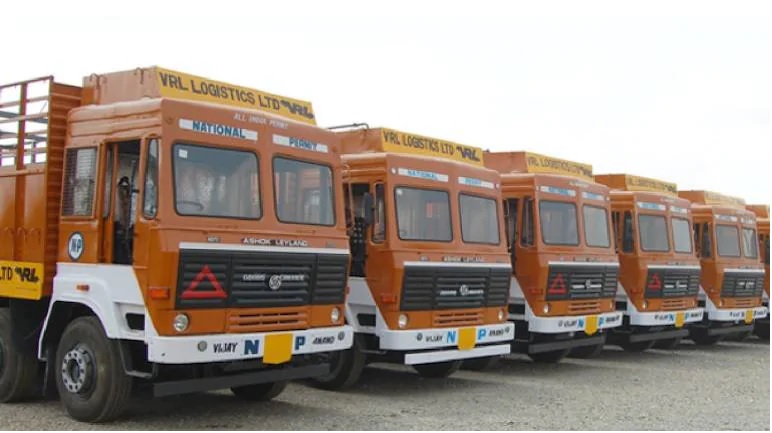The government is also working on a National Logistics Efficiency and Advancement Predictability and Safety Act and this law tends to define various participants of the logistics space and create a light regulatory ecosystem.
The government is planning to introduce a new National Logistics Policy to bring down the country’s logistics cost by 5 percent over five years, a senior government official told Moneycontrol.
The policy might be announced as part of Budget 2021-22 and would aim to reduce agriculture-related losses due to wastage and increase employment in the logistics sector. The government also plans to maintain a digital inventory of logistics-related assets and manpower strength that could be put to use in emergency situations.
In a draft cabinet note on the policy, the Commerce Ministry has suggested that these assets could be standardised with respect to design and capacity.
“It has also been suggested that logistics service providers would be given a unique account number that would help in tracking and tracing. A registry on the national level of warehouses could also be maintained, which would reflect availability of space through geo tags,” the official said.
The policy is aimed at creating a one-stop solution to logistics and trade facilitation. “This would also increase employment opportunities in this space and lead to faster clearances,” the official said.
The financial assistance needed for the implementation of the policy is expected to be met through National Infrastructure Pipeline Projects by the respective ministries. The draft policy would also aim to remove discrepancies in input tax credit, thereby facilitating smooth logistics across states.
Special secretary in the logistics division of the ministry Pawan Agarwal had said a few months back that the commerce ministry was considering to replace the multi-modal transportation of goods act with a full-fledged national logistics law with a view to promote growth.
Multimodal transportation includes a combination of more than one mode of movement, such as rail, road or sea, for end-to-end delivery of goods.
The government is working on a National Logistics Efficiency and Advancement Predictability and Safety Act (NLEAPS) and this law tends to define various participants of the logistics space and create a light regulatory ecosystem.
High logistics cost impacts the competitiveness of domestic goods in the international market.
Effective implementation of the policy would help provide an impetus to trade, enhance export competitiveness, and improve India’s ranking in the Logistics Performance Index.
India’s logistics sector is highly fragmented and the government aims to reduce the logistics cost from the present 14 percent of gross domestic product to less than 10 percent.
A National Logistics Dashboard to monitor in real time the different kinds of logistics infrastructure has also been proposed, apart from services like packaging, shelving and racking, trucks services and documentation work.
Source: moneycontrol







